nlopchantamang.com
Validated Ideas: Poorly Executed But Popular Apps
Aja Frost @ajavuu
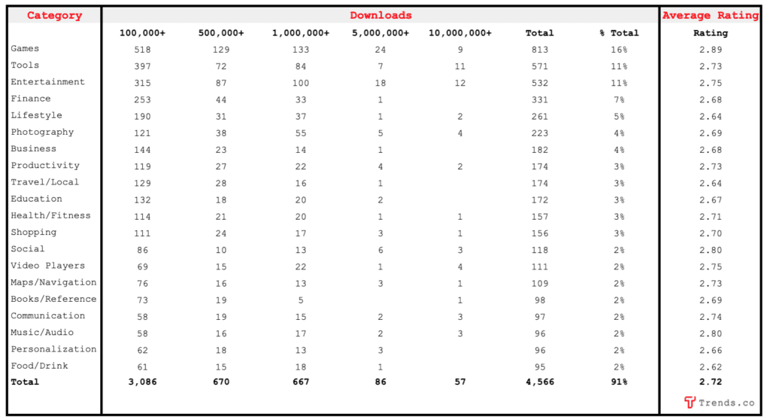
Source: Statista. Note: Doesn’t include 1.59m apps that are not rated (have fewer than 3 ratings)
The Signal: Earlier this month, Huszko Jozsef posted his pet project on Product Hunt. It’s called Validated Ideas, a list of 5k+ popular apps (100k+ downloads each) that have been poorly executed (ratings lower than 3.2).
Huszko writes, “Coming up with innovative ideas is hard and time-consuming… You don’t need to reinvent the wheel -- just execute better.”
Below we’ve summarized the 20 categories with the most downloads, which together account for ~90% of the whole database.
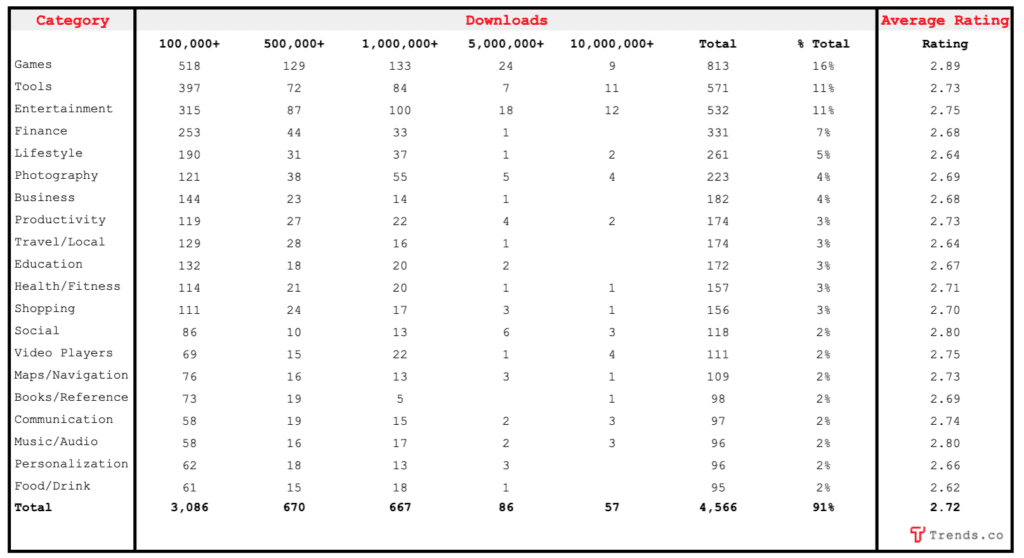
We’ve sifted through thousands of these apps and pulled out some opportunities worth noticing. If you like these, let us know by hitting the smileys below and we’ll find more.
(We know what you’re thinking: “Where can I get my hands on this sweet, sweet data?” While we’d be happy to share our analysis, we thought we’d hold back in the interest of supporting Huszko, a fellow maker who’s selling his database for a mere $3.99.)
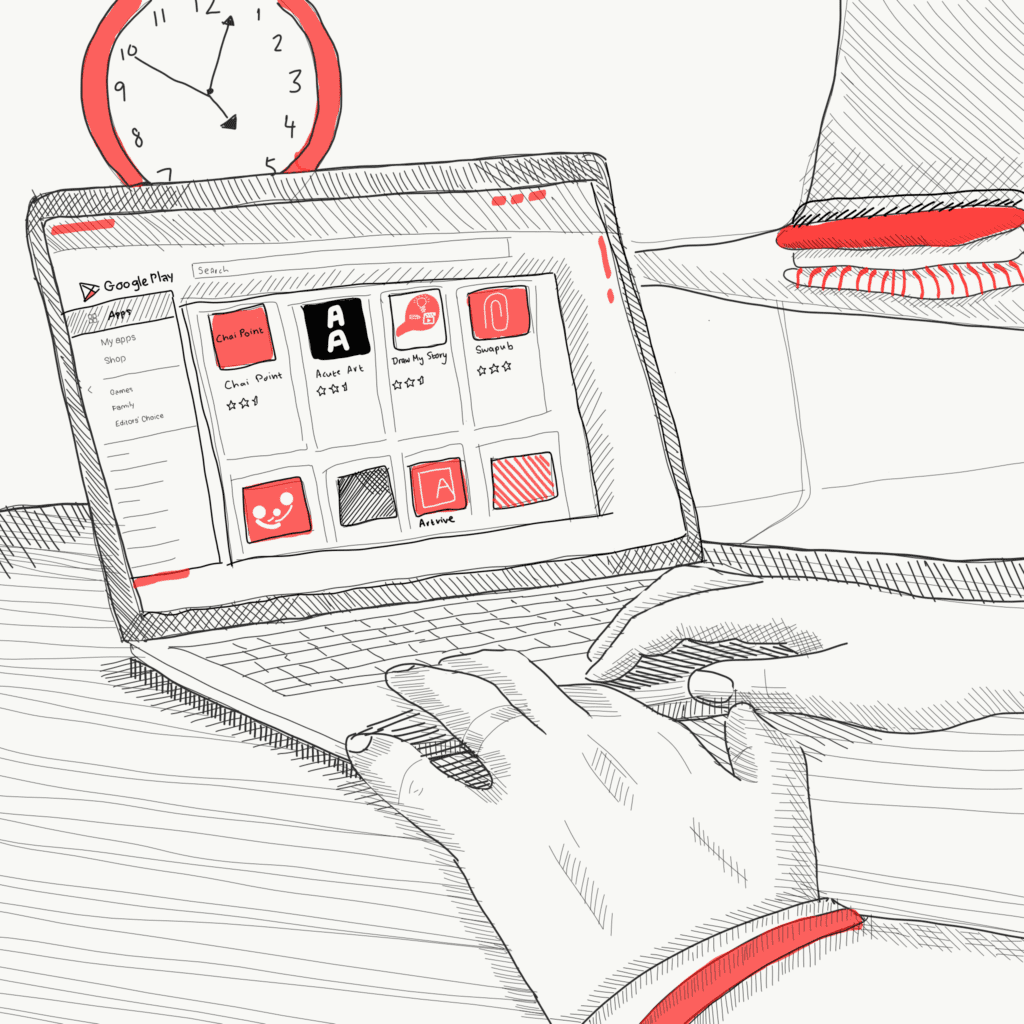
1. Tea
Search “coffee” in the Google Play store, and you’ll find pages of apps (with hundreds of thousands of downloads) for all things coffee, including recipes, reviews, calculators, a photo frame and editor, and even a dictionary.
Search “tea” and you’ll be met with a hodgepodge of apps with barely 1k+ downloads. One on Huszko’s list, with 100k+ downloads and 2.9 stars, is an Indian tea delivery app.
The global tea market is forecast to reach $81.6B by 2026. The RTD segment alone is expected to balloon by 40% from just over $21B in 2018 to $29.7B in 2024.
Interest in specialty teas -- particularly varieties like yerba mate, pu’er, and loose leaf teas -- is also taking off.
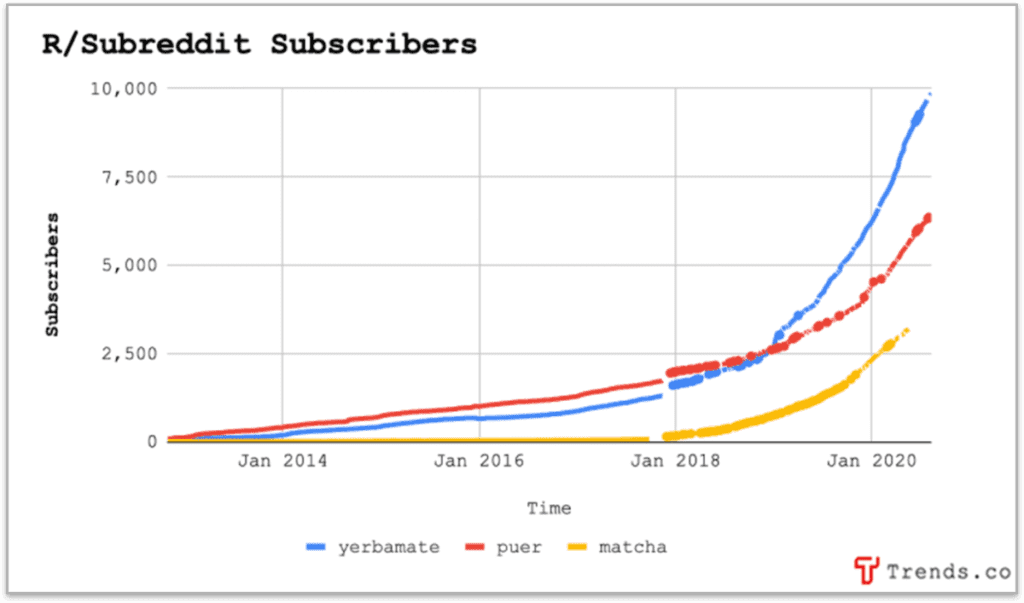
More Americans are drinking tea at home in 2020. While food-service tea consumption is expected to fall by 40%, retail sales have seen a 16% increase. Herbal teas in particular have outperformed as consumers turn to the leaves for their calming and health benefits.
The app offering for tea connoisseurs is lagging the market, and there is room to capitalize.
In addition to an all-in-one tea app, entrepreneurs could develop tea equipment offerings including sets, timers, steepers, pot warmers, etc. For example, yerba mate tea uses a specialized gourd and straw set.
Experiences are also receiving rising interest, with Keywords Everywhere reporting 33.1k monthly searches for “tea shops near me,” and 12.1k for “tea tasting.” Why not pair the tea tasting wheel with its honey counterpart to create unique combinations (specialty tea and honey subscription box, anyone?).
You could also branch out to personal care items that use tea: This little green tea lip balm brings in $540k/month on Amazon, according to Jungle Scout.
2. The B2B Barter Economy
During times of economic crisis, cash-strapped consumers and businesses often turn to the age-old bartering system. During the 2008 financial crisis, the barter economy reached $3B+ as barter exchanges recorded double-digit increases in membership.
This year has been no different. Experts estimate that B2B barter exchange memberships are up 20% since the pandemic (pre-COVID, the barter economy was estimated to be worth ~$13B).
In April, Publicize launched a bartering platform to aid entrepreneurs and small businesses.
Look in the Google Play store, and you’ll find plenty of C2C bartering apps, including Swapub on Huszko’s list, with 1m+ downloads and 3.1 stars.
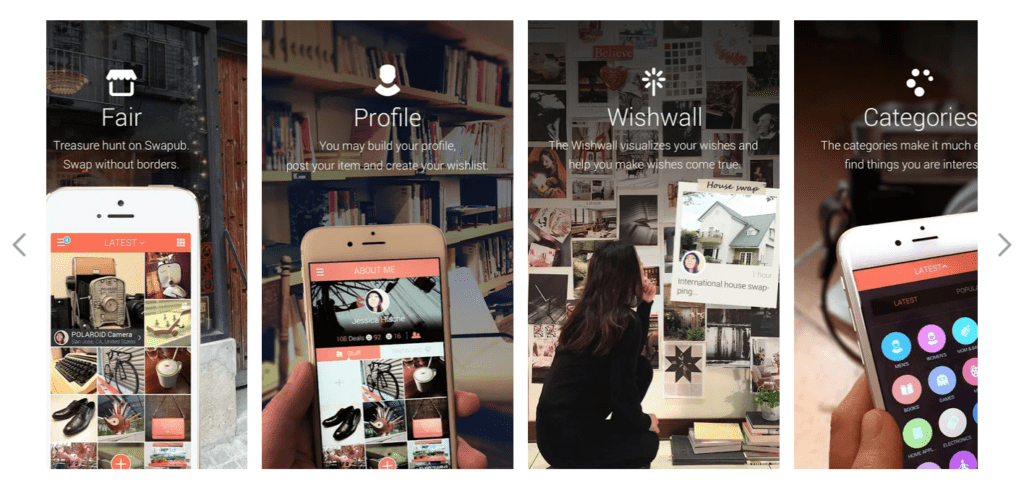
While the rise of the circular economy will drive more demand for similar apps aimed at consumers, 80% of bartering happens B2B.
B2B barter exchanges (such as BNI, with 500k+ members) charge an initial membership fee (~$400) and take a percentage on barter transactions (~6-7%). Some also charge a monthly maintenance fee (~$15).
For BNI that’s a cool ~$90m/year in monthly fees, before any transactions. Assuming they also saw a 20% increase in membership this year, that’s another ~$40m just in new member fees.
Real estate is a neat niche worth exploring for B2B bartering, especially since COVID has already shaken up the industry -- hotels and property owners are charging people to use their rooms as office space.
You could build a platform that allows cash-strapped businesses to swap their services (e.g., accounting, marketing, etc.) or excess inventory for coworking space or event venues.
Construction is another industry to look into. Earlier this year we wrote about Soil Connect, the Craigslist for dirt that eventually wants to be the Uber for dirt.
There are millions of cubic yards of dirt moved around the country every year, and Soil Connect aims to connect construction sites that have excess rubble with those that need it.
3. Quick-Fire Opportunities
Those were just 2 nuggets from Huszko’s list of 5k+. Here are 3 more to pique your interest:
- Acute Art: A 2.6-star-rated augmented reality art app with 100k+ downloads described by users as a “great app” but “super buggy.” A recent reviewer wrote, “I would have loved for it to work. However, the app lags, crashes, and is practically unusable.” Competing app Artivive also has 100k+ downloads and only 3.6 stars.
- TalkingParents: A glitchy co-parenting app with 100k+ downloads and a 2.9-star rating. A competitor with seemingly bad UI design, coParenter, has 50k+ downloads and 3.5 stars.
- Draw My Story: An app that helps users create animated drawings, memes, presentations, and instructional videos. The app has 100k+ downloads and only 2.7 stars. One user wrote, “I like the concept, but it still has way too many bugs.”
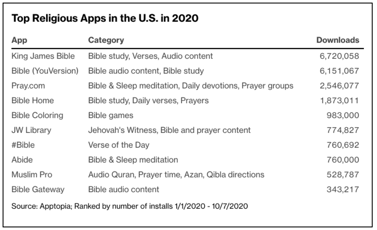
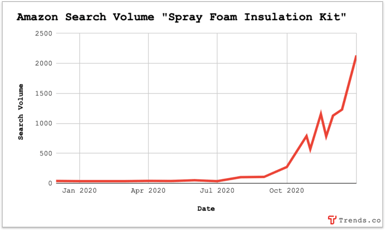
Leave a Comment